If you're searching for the perfect pork cutlet seasoning, you've come to the right place. Pork cutlet seasoning is a blend of herbs and spices specifically designed to enhance the flavor and texture of pork cutlets. The right seasoning creates a crispy crust while keeping the meat juicy inside. In this guide, we'll cover the top 7 professional-grade seasoning blends, step-by-step application techniques, easy DIY recipes, and expert buying tips to help you achieve restaurant-quality results at home.
Top 7 Pork Cutlet Seasoning Blends You Need to Try
| Name | Main Ingredients | Flavor Profile | Best For | Expert Tip |
|---|---|---|---|---|
| Classic Southern Blend | Salt, black pepper, garlic powder, onion powder, paprika | Earthy, smoky, slightly sweet | Breaded cutlets, fried pork chops | For extra crispiness, double-coat breaded cutlets with this blend before frying. |
| Japanese Katsu Style | Garlic, ginger, black pepper, shichimi togarashi | Spicy, aromatic, umami-rich | Katsu curry, tempura cutlets | Pair with a tangy dipping sauce for authentic Japanese flavor. |
| Mediterranean Herb Mix | Oregano, thyme, rosemary, lemon zest | Fragrant, bright, earthy | Grilled cutlets, Mediterranean platters | Use with olive oil for a fresh, herbaceous crust. |
| Tex-Mex Fiesta | Cumin, chili powder, smoked paprika, lime | Smoky, spicy, tangy | Tacos, enchiladas, grilled pork | Combine with avocado for a creamy contrast to the spice. |
| Asian Fusion | Soy sauce powder, five-spice, sesame oil | Umami, slightly sweet, aromatic | Stir-fries, glazed cutlets | Add a splash of rice vinegar for extra tang in stir-fries. |
| Hickory BBQ | Brown sugar, smoked paprika, mustard, chili | Smoky, sweet, tangy | BBQ cutlets, outdoor grilling | Brush with barbecue sauce during the last 5 minutes of grilling. |
| Lemon Pepper Deluxe | Cracked black pepper, lemon zest, garlic | Zesty, fresh, bold | Seafood pairings, light sauces | Perfect for pan-searing with a squeeze of fresh lemon juice after cooking. |
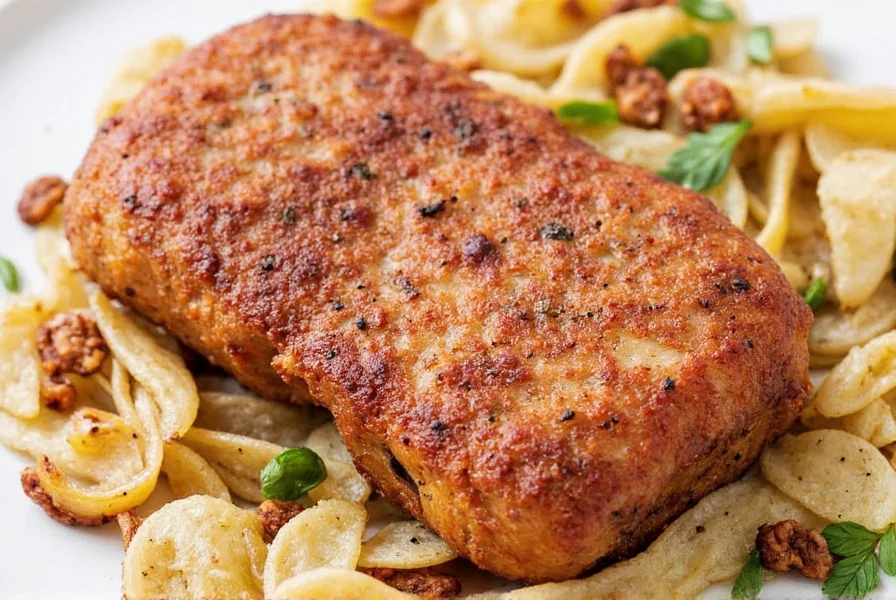
How to Use Pork Cutlet Seasoning Like a Pro
You might have the best pork cutlet seasoning in the world, but if you don't apply it properly, you won't get the most out of it. Here are some pro-level techniques:
- Use a Dry Brine: Rub the seasoning into the meat and let it sit uncovered in the fridge overnight. This allows the salt and spices to penetrate deeply.
- Distribute Evenly: Pat the seasoning in rather than sprinkle it. This ensures every inch gets covered.
- Add Fat for Flavor: A touch of oil or butter before seasoning helps carry the flavors deeper and creates a better crust.
- Layer for More Impact: Apply seasoning both before cooking and during the final minutes for a flavor boost.
- Don't Overdo Salt: If your seasoning already contains salt, adjust accordingly to avoid an overly salty result.

DIY Homemade Pork Cutlet Seasoning Recipes
Want to take control of your flavor destiny? Here are three easy homemade mixes you can whip up in minutes.
1. All-Purpose Pork Seasoning
- 2 tbsp smoked paprika
- 1 tbsp garlic powder
- 1 tbsp onion powder
- 1 tsp ground cumin
- 1 tsp black pepper
- 1 tsp salt
Pro Tip: This blend works perfectly for both pan-searing and baking. Store in an airtight container for up to 6 months.
2. Korean-Inspired Gochujang Glaze
- 1 tbsp gochujang
- 1 tsp soy sauce
- ½ tsp sesame oil
- ½ tsp honey
- 1 clove minced garlic
Pro Tip: Brush onto cutlets during the last 2 minutes of cooking for a sticky, flavorful glaze.
3. Lemon & Thyme Freshener
- Zest of 1 lemon
- 1 tbsp dried thyme
- 1 tsp sea salt
- ½ tsp black pepper
- 1 tsp olive oil (to apply)
Pro Tip: Ideal for seafood pairings. Apply just before cooking for maximum freshness.
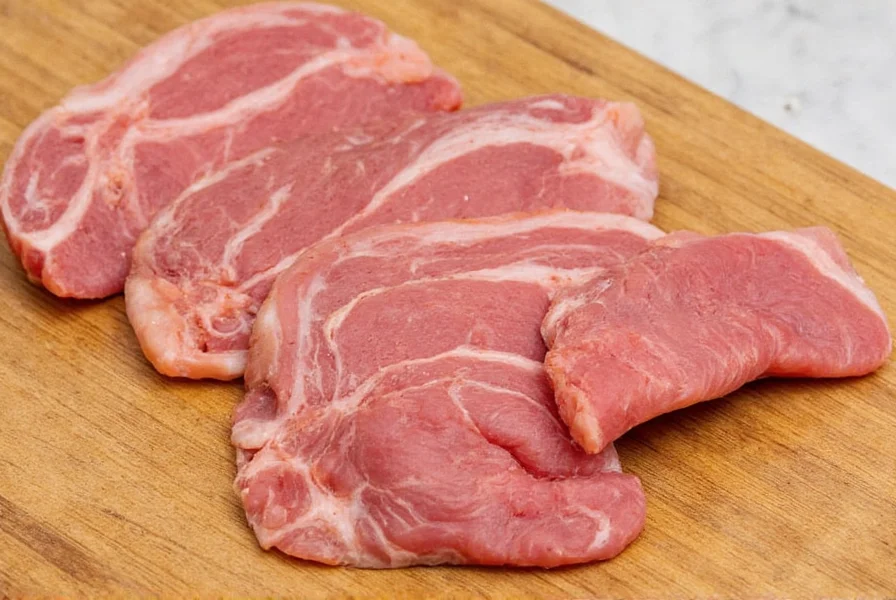
Buying Guide: What to Look For in Pork Cutlet Seasoning
If you're not into making your own, store-bought seasoning can be a great time-saver — but not all are created equal. Here's what to keep an eye out for:
- Natural Ingredients: Avoid preservatives, artificial colors, or flavor enhancers like MSG unless you enjoy them.
- Low Sodium Options: Ideal for health-conscious cooks who want to control their salt intake.
- Versatility: Some seasonings work beyond pork — choose multipurpose ones if you love experimenting.
- Brand Reputation: Stick with brands known for quality — like McCormick, Stubb's, or Lee Kum Kee.
- Packaging Size: Consider how often you cook — large jars may be cost-effective if you use it regularly.
Top 3 Recommended Store-Bought Brands
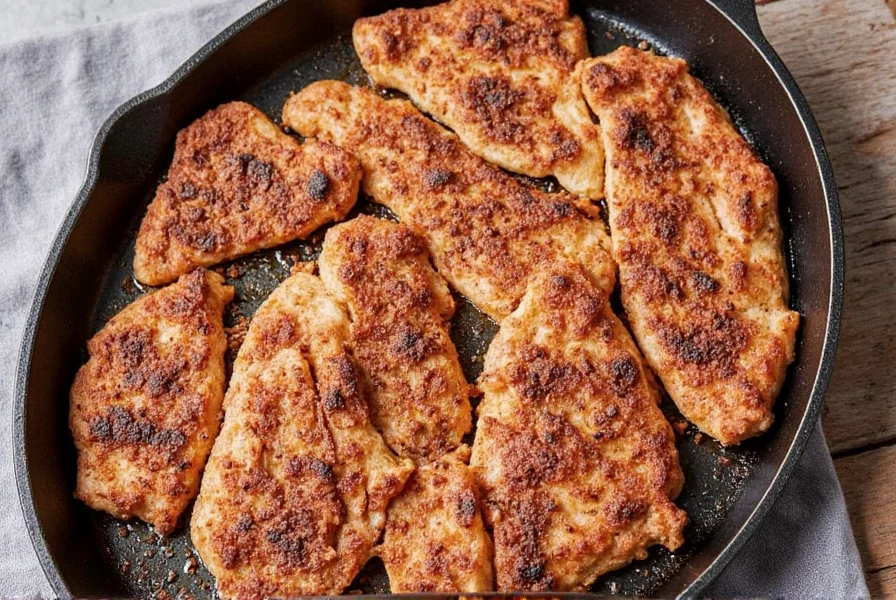
Stubbs Original BBQ Rub
Perfect for grilled or barbecued cutlets. Smoky, sweet, and complex. Best for outdoor cooking.
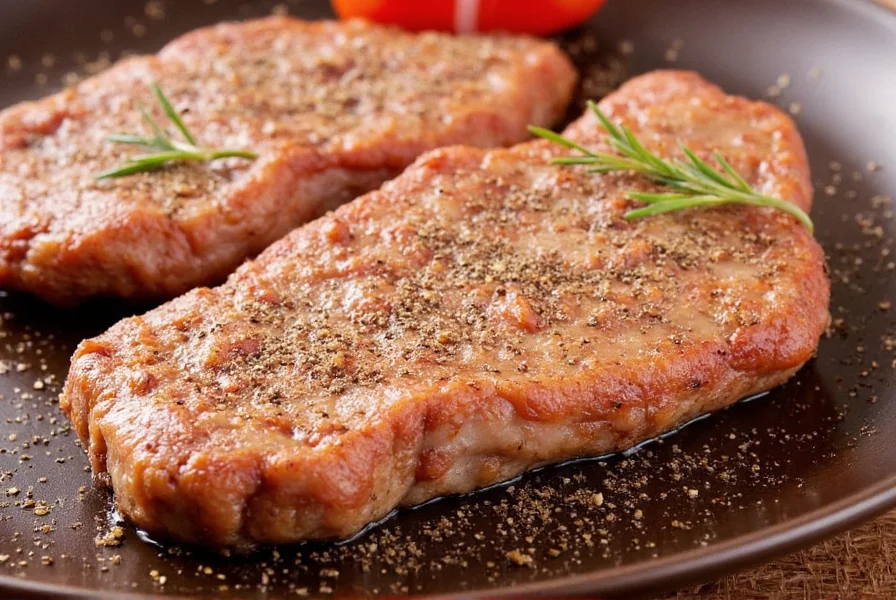
McCormick Lemon Pepper
Zesty, fresh, and ideal for lighter dishes or seafood pairings. No artificial additives.
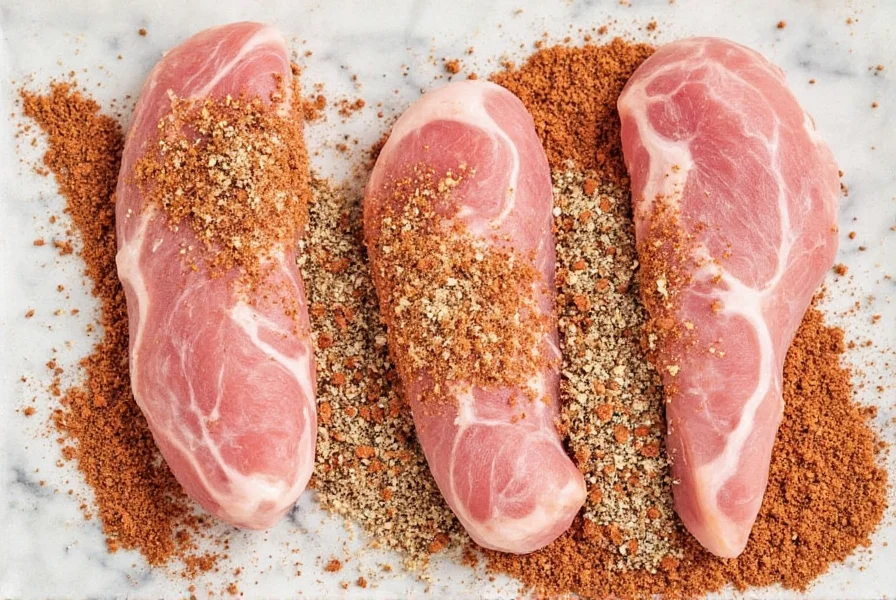
Kikkoman Umami Seasoning
Great for Asian-inspired dishes. Balanced, aromatic, and full-bodied. Contains no MSG.
Frequently Asked Questions About Pork Cutlet Seasoning
Can I use regular steak seasoning on pork cutlets?
Yes, you can — but keep in mind that steak seasoning tends to be heavier on ingredients like garlic and salt. Adjust quantities accordingly and consider adding a bit more sugar or paprika to balance the flavors.
How long should I marinate pork cutlets before cooking?
For best results, marinate for at least 2 hours. Overnight marination gives deeper flavor penetration, especially if your seasoning includes salt.
Is pork cutlet seasoning gluten-free?
Most basic seasoning blends are gluten-free, but some commercial mixes may include fillers or additives. Always check the label if you have dietary restrictions.
Can I freeze seasoned pork cutlets?
Yes! Just wrap them tightly in plastic or vacuum-seal them. They'll last up to 3 months. Cook straight from frozen or thaw first depending on your recipe method.
What's the best way to store homemade seasoning blends?
Store in airtight glass jars away from heat and sunlight. Label them clearly and expect a shelf life of about 6-12 months for optimal freshness.
What's the secret to getting a perfect crust on pork cutlets?
The key to a perfect crust is proper dry brining and the right temperature. Pat the pork dry before seasoning, apply seasoning generously, and let it rest for at least 30 minutes. When cooking, use medium-high heat with enough oil to create that golden-brown crust without burning the spices.
How can I adjust seasoning for different cooking methods?
Different cooking methods require slight adjustments. For frying, use less sugar in your seasoning to prevent burning. For baking, you can be more generous with sugar and herbs since there's no direct flame. For grilling, add more smoky elements like smoked paprika to complement the grill flavor.
What are the most common seasoning mistakes and how can I avoid them?
The top mistakes are: 1) Not seasoning early enough (season at least 30 minutes before cooking), 2) Using too much salt if your blend already contains salt, 3) Not patting the meat dry first (moisture prevents proper browning), and 4) Applying seasoning too heavily on one side. To avoid these, follow the dry brining technique, check your blend's ingredients, always dry the meat surface, and season evenly on all sides.
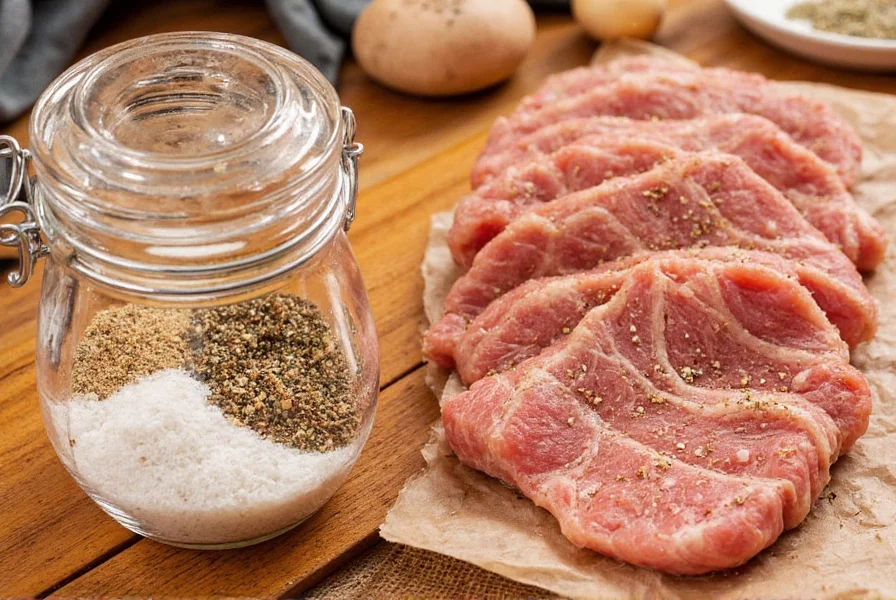
Conclusion
Mastering the right pork cutlet seasoning is one of the simplest yet most effective ways to elevate your cooking. Whether you go for a ready-made blend or craft your own signature mix, the right combination of spices can turn a humble cut of pork into a showstopper.
Remember: Experimentation is key. Try layering flavors, adjusting spice levels, and exploring different global influences. And above all, don't be afraid to get creative in the kitchen. After all, the best recipes come from passion, curiosity, and a little bit of trial and error.
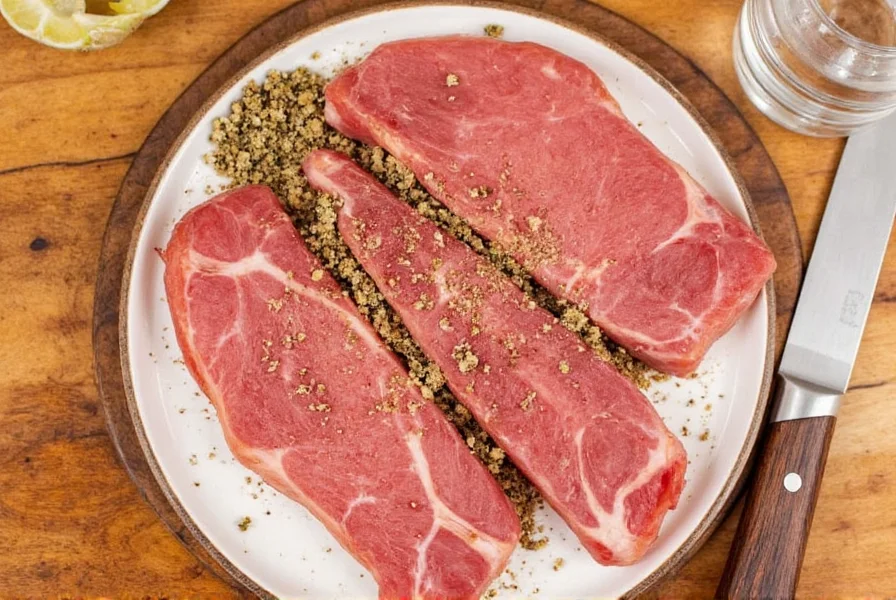
Now that you've got the seasoning sorted, go ahead and fry up those cutlets with confidence — your next masterpiece is just a spice jar away!

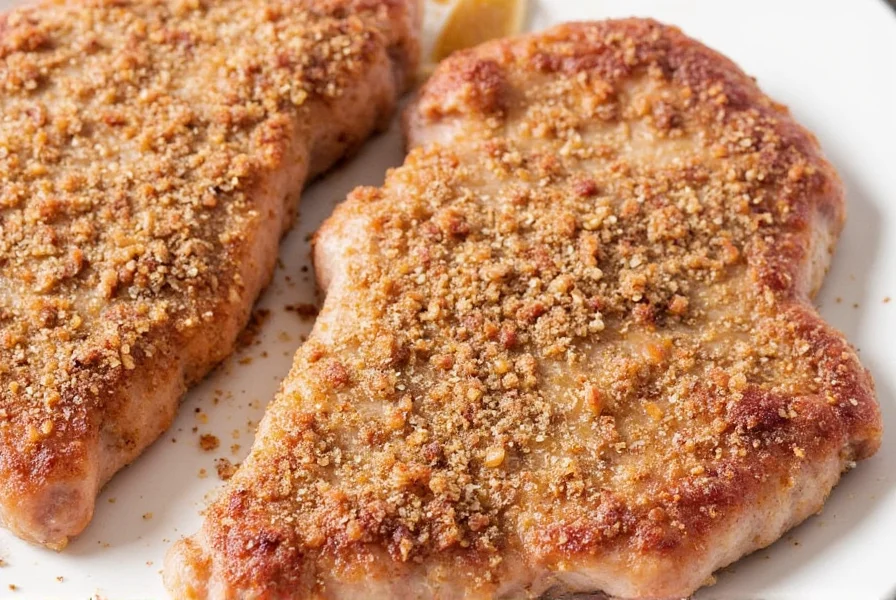









 浙公网安备
33010002000092号
浙公网安备
33010002000092号 浙B2-20120091-4
浙B2-20120091-4